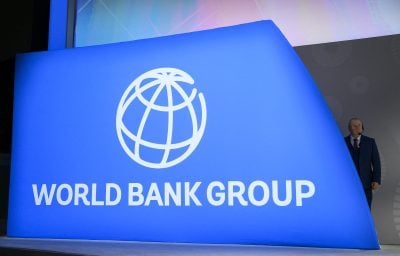Floriculture is a major global industry in both developing and developed countries. Global trade volume is estimated to be worth more than $100bn per annum. The main players are divisible into producers (in developing countries) and consumers (in developed countries, including many in Africa). The major consumer markets are Germany (22%), the US (15%), France (10%), the UK (10%), the Netherlands (9%), Japan (6%), Switzerland (5%) and Italy (5%).
Given the perishable nature of flowers, major producers have historically been near the main consumers. That is why the Netherlands was first able to cultivate a position as a leading centre of flower production; from its central position in Europe, it was able to supply its flower-hungry neighbours.
By balancing its production portfolio with a movement into the auctioning and distribution end of the floriculture value chain, the Netherlands has retained its position as Europe’s most important producer of flowers, as well as an important supplier to other continents. Its flower auction in the northern town of Aalsmeer is by far the world’s largest flower market.
However, the Netherlands is a notable exception to the general trend whereby production centres have moved from locations near markets to places with more favourable climates for flower cultivation and lower labour costs.
New production centres stretch from Africa to Asia and Australasia. East African countries like Ethiopia, Kenya and Tanzania host important floriculture industries. In Latin America, major flower cultivators include Colombia, the second largest exporter of flowers in the world, and Ecuador. India, Israel, Thailand and Malaysia are notable flower exporters in Asia. Australia and New Zealand, because of their location within the southern hemisphere, supply seasonal flowers that are otherwise unobtainable in North America and Europe.
Trade in floriculture is generally regional. For example, Latin American flowers are exported to the US, African countries mainly focus on markets in Europe, and Asian countries export to Japan and Hong Kong. Therefore, competition within the industry tends to be regional rather than global.
The industry has been characterised by increased competition in recent years in terms of both production and distribution. For example, in Asia, the rapid growth of flower industries in new producers such as India and China is worrying established flower producers in the region, such as Malaysia and Thailand. In Africa, Kenya has expressed similar concerns about emerging competitors on the continent such as Ethiopia.
Other growth-led developments include the appearance of new flower distribution centres in Asia, including Tel Aviv in Israel, and Kunming in China. Such centres create new possibilities for distant producers (such as Africa) to export their products further afield.
Another trend is the merging of major flower production and distribution companies. For example, the two largest Dutch auctions, FloraHolland and Bloemenveiling Aalsmeer recently merged as FloraHolland, which has a turnover of almost $5bn. The UK-based flower distributors Flamingo Plc also recently took over the leading Kenyan agricultural company, Homegrown Ltd, to create a combined value of €500m.
Global trade flows suffered when the financial crisis hit in 2008. However, it is steadily recovering and world export rates are predicted to reach $25bn in 2012.
Want to continue reading? Subscribe today.
You've read all your free articles for this month! Subscribe now to enjoy full access to our content.
Digital Monthly
£8.00 / month
Receive full unlimited access to our articles, opinions, podcasts and more.
Digital Yearly
£70.00 / year
Our best value offer - save £26 and gain access to all of our digital content for an entire year!
 Sign in with Google
Sign in with Google 


